This guide details the relationship between SEO and lead generation. More importantly, it describes how to use SEO for lead generation.
SEO (Search Engine Optimisation) is long attributed to ranking high on search results. But can it also generate leads? Is there anything like doing SEO for lead generation? If yes, how?
Let’s find out.
What Is the Relationship Between SEO and Lead Generation?
Let’s first define each term to understand the relationship between them.
What Is Search Engine Optimization And Lead Generation?
As the name suggests, search engine optimization means optimizing your website and website content for search engine visibility. In other words, you boost your content and UI/UX to rank higher on search engine results pages.
On the other hand, lead generation means attracting people to your business and converting them into customers. In a nutshell, you’ll nurture website visitors into your products/services loyalists.
By definition, the terms have different goals. How so?
SEO looks like satisfying search engines, while lead generation focuses on making sales. So, how do they relate?
How Does SEO Relate to Lead Generation?
SEOs aim to get on the first pages of search results for web traffic and clicks. But have you ever asked, “to what end?”
- Why do you want your homepage to rank first for your money keyword?
- Why do you want your blog post to rank first for a search query?
Could your reason for wanting to be number one on search results be just to brag to friends that you’re number 1 on Google?
No, that’ll be a waste of time.
The goal of any business is to make money. SEO’s role in achieving that is to get you close to where potential clients can see you. This is the first stage of inbound and digital marketing: building awareness.
However, just awareness about your product alone won’t get sales. People need more conviction that the product is the answer to their problem.
Hence, you speak to these strangers’ pain points and offer them breadcrumbs(like a demo trial). In the process, they will turn to prospects and then customers. This part is where lead generation enters: conversion.
In summary, SEO and lead generation are strategic parts of inbound marketing. SEO attracts while lead generation converts.
Here is how that works in a marketing funnel:
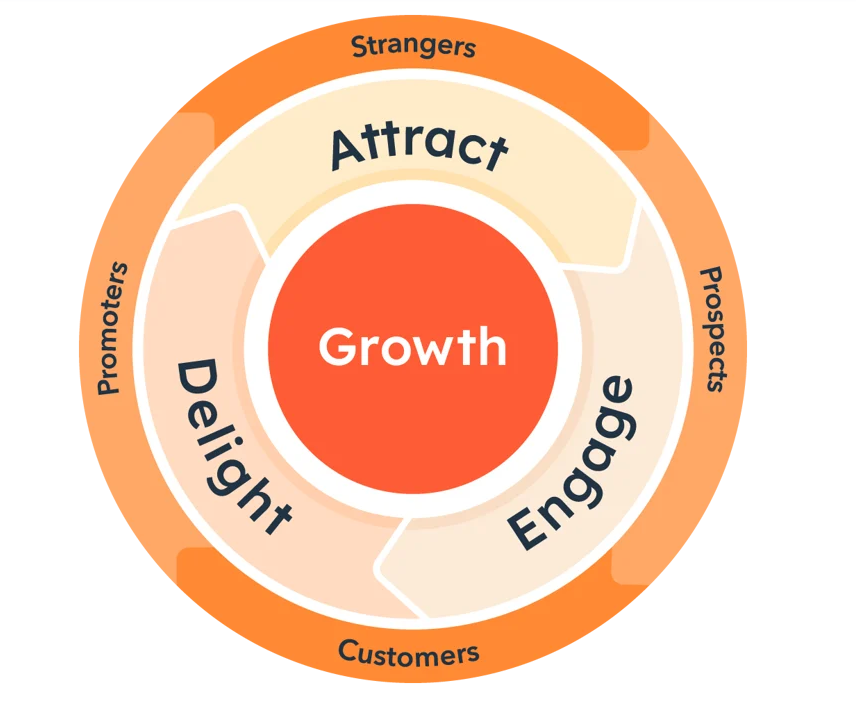
Here is a practical example of this marketing funnel:
Let’s say I’m a rookie who just learned about link building. Ideally, I’ll test my knowledge first by checking the quality of my backlink profile. In essence, I’ll need a backlink quality checker.
- I will go to Google and type “backlink quality checker.”

- Say I clicked the first result and typed in my domain
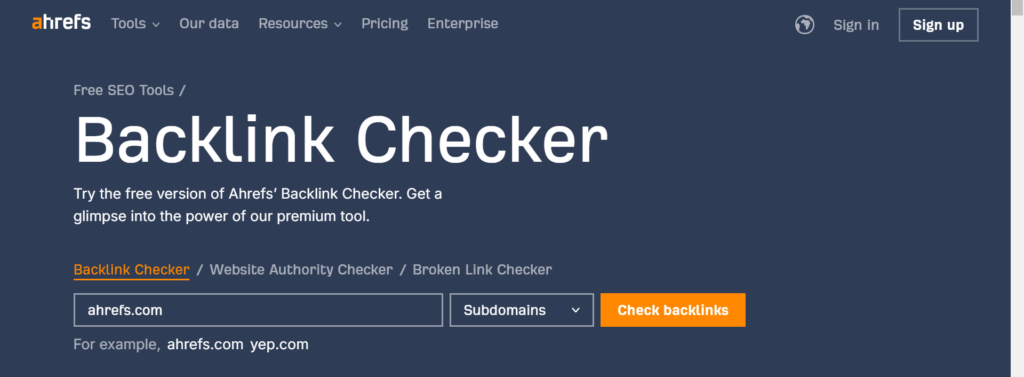
- I saw the results, and I’m interested. But I soon discovered I could only see a few backlinks.
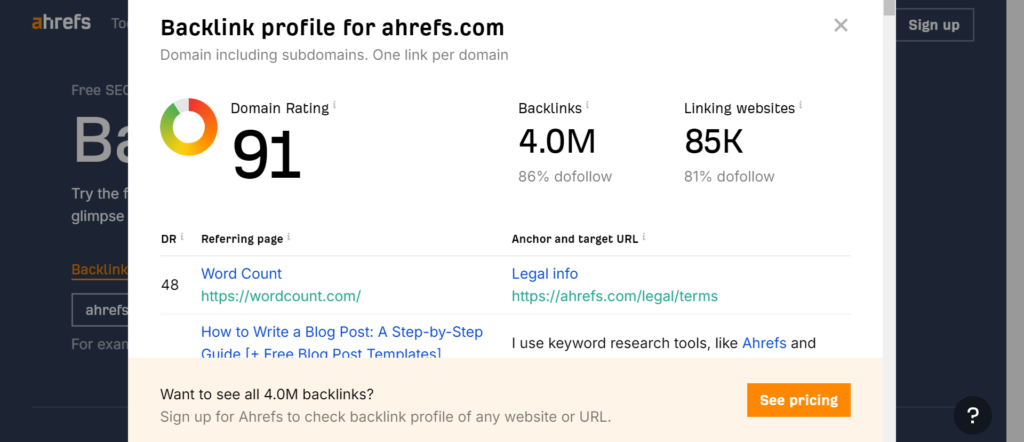
- But I’m already delighted and want more. So, I’ll click the “see pricing” button, and boom, I’ll become an Ahrefs customer.
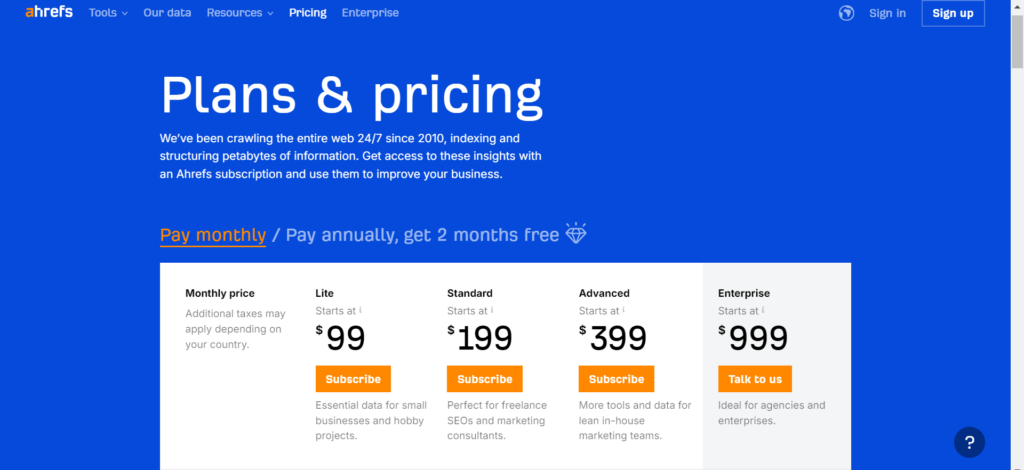
Summary:
I clicked on Ahrefs because of their SEO (search engine ranking as the number 1 result for a keyword that matters to me). Then, I was nurtured by their free tool and converted into a customer.
What just happened is called SEO lead generation.
What Is SEO Lead Generation?
As you can see from the example earlier, SEO lead generation means attracting prospects and converting them to customers through relevant content and enhanced search engine visibility to sustain the growth of a business.
In summary, here is a rough sketch of SEO lead generation:
- The means = SEO tactics
- The goal = lead generation
The means + the goal = SEO lead generation = sustained growth for your business
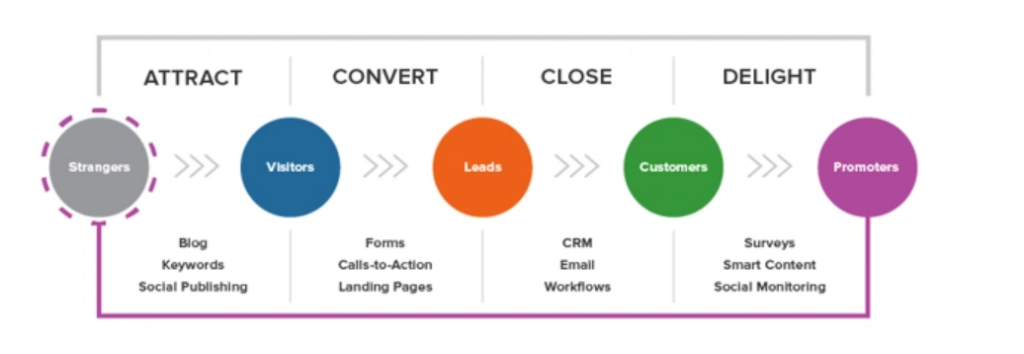
Should You Use Search Engines for Lead Generation?
Short answer: yes!
Below are the three top benefits.
- Traffic
- Affordability
- Proven results
Traffic
SEO is the no 1 source of website traffic. According to BrightEdge Research, SEO (at 53%) generates almost twice the traffic of other marketing channels (at 27%).
For specifics, SEO (53%) generates more than 10x the traffic of organic social (5%).
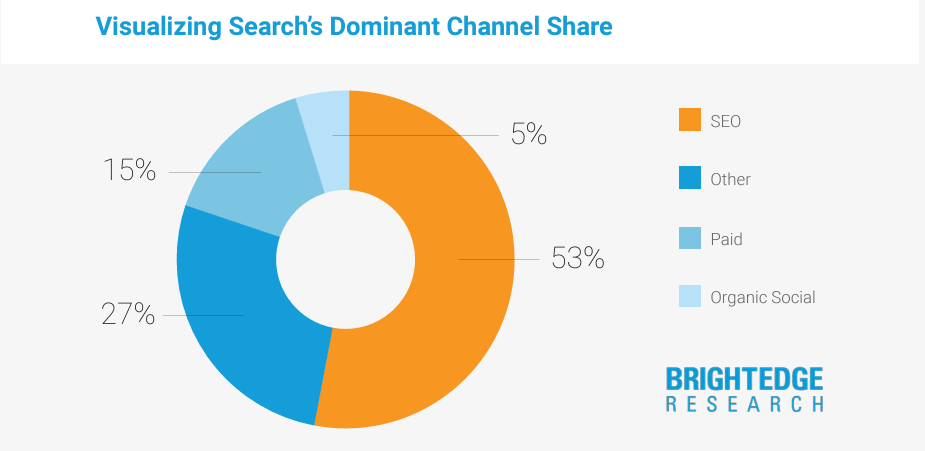
Summary: search engines are crucial to getting views for your online business, product, and service. So, it’s a no-brainer to use the medium to generate leads.
Affordability
Compared to paid advertising, SEO costs relatively nothing. How so?
- Build your website on a free, open-source content management system like WordPress.
- Then, use a free hosting service like Hostinger.
- After, you can create content on your blog and use Semrush free tools to do competitor and keyword research.
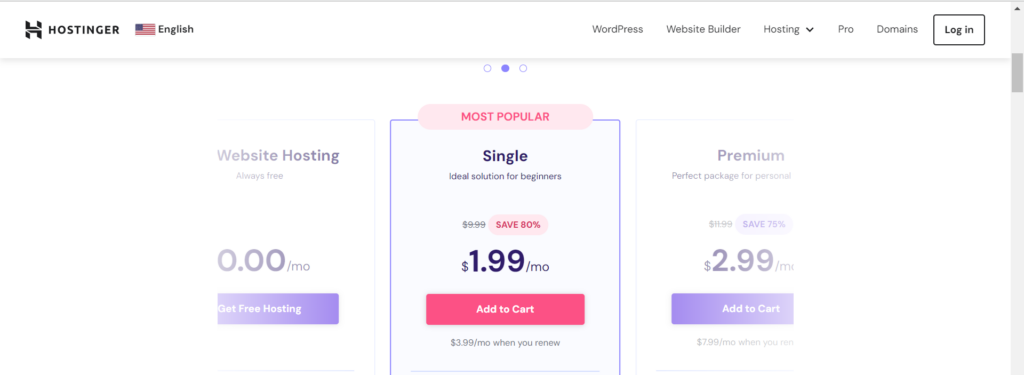
Ultimately, you’ll need a professional website developer. Even at that, the quote will be more affordable compared to paid advertising.
Proven results
According to HubSpot’s State Of Inbound Marketing 2022, SEO is second only to social media marketing as the most effective channel for acquiring new customers.
Mind you, the report is a compilation of data from 1600+ B2B and B2C marketers.
FYI: the 2023 report revealed that SEO has the third-joint best ROI.
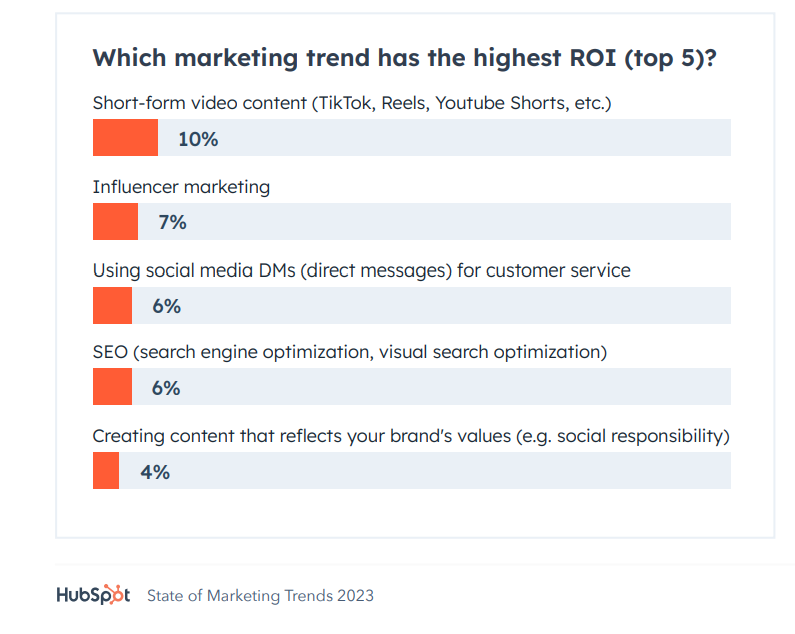
In other words, over 1600 marketers are getting high-quality leads with SEO. This can only mean that search engines are crucial to lead generation.
Here’s another twist that proves search engine’s importance to lead generation:
Other marketing mediums use SEO insights and technology — as revealed by BrightEdge Research.
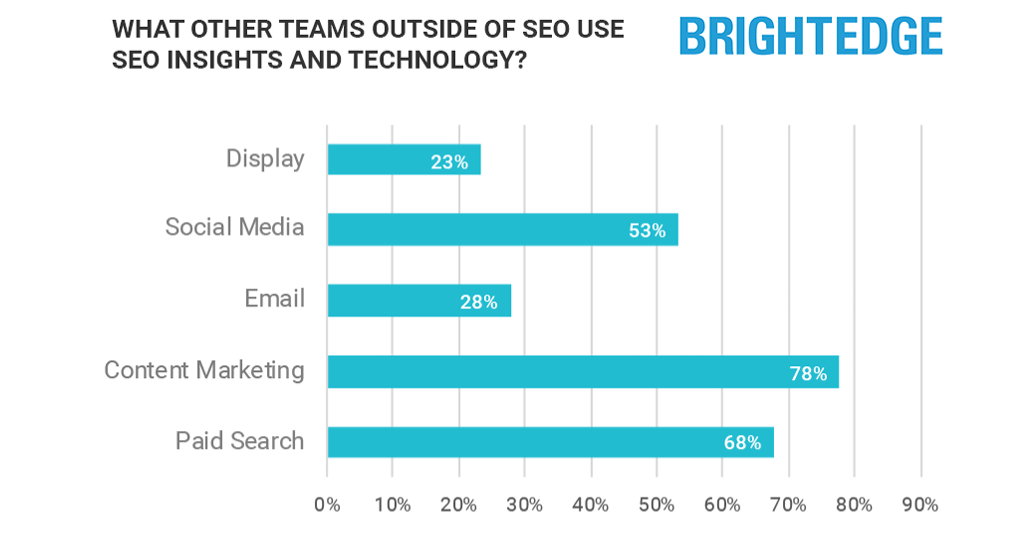
Evidently, SEO lead generation is beneficial and crucial to business growth. Let’s discuss how it works.
How Will SEO Generate Leads?
Generally, SEO generates leads in two ways:
- Directly, and
- Indirectly
What Is Direct Lead Generation With SEO?
Generating leads directly via SEO means you attract prospective customers primarily because of your SEO techniques. In other words, your search engine rankings reeled in clicks (like in the Ahrefs example).
But while this approach looks simple, it is not. You can generate direct leads via SEO only if you meet these requirements:
- Write around transactional keywords
- Match search intent
Write Around Transactional Keywords
Transactional keywords are terms searchers look up when ready to take action. Earlier, I typed “backlink quality checker” to check my backlink profile.
That is how transactional keywords work.
Why do transactional keywords matter?
Transactional keywords result in the most sales. A searcher looking for a “backlink quality checker” is further down the sales funnel than the one searching for “how to check backlinks.”
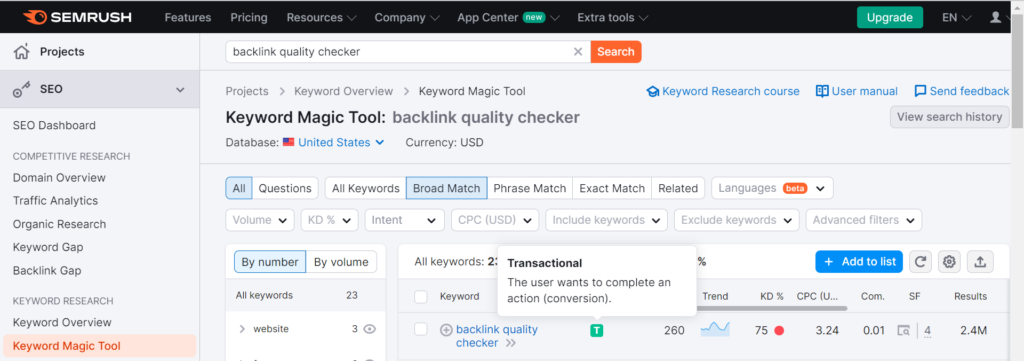
Note: transactional keywords can sometimes look like commercial keywords. Say that was the case for your term; the term is still lucrative. Commercial keywords indicate interest.
Pro tip:
add words like “buy” and “sales” to transform random keywords into transactional ones.
Match Search Intent
You may not necessarily need a blog post. That might be different from the intent of the searcher. In the case of our example, “backlink quality checker,” this person needs a tool.
To match this intent, create a landing page with the tool needed, optimize the page for the keyword, and subtly guide the user to buy your product.
Why should you care about search intent?
Google studies searchers’ intents and delivers the most suitable pages for such. So, if you don’t match the intent, your page won’t pop up.
If you’d written a blog post on “backlink quality checker,” you wouldn’t rank because all the top positions (even till the 30th result) are all landing pages for a tool.
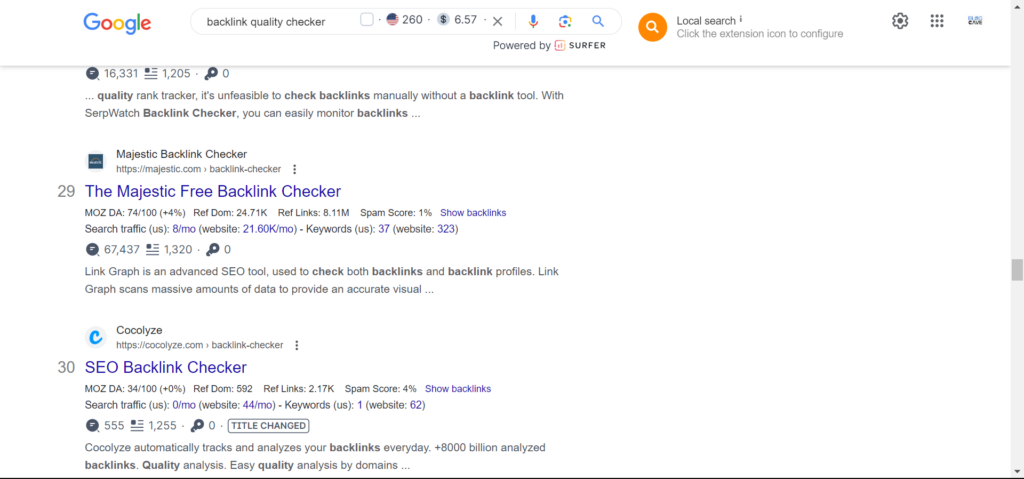
What Is Indirect Lead Generation With SEO?
As the name implies, the leads generated in “indirect lead generation” are not a result of your SEO techniques or SEO rankings. In contrast, they result from your marketing activities on other channels.
But how does that relate to SEO?
Content repurposing!
In other words, indirect lead generation works with the content you’ve created for SEO. The only difference is that the content is repurposed for different marketing channels.
What channels?
- Social media
- Business Directories
- Online communities
- Email opt-ins
- Webinars
Social Media
Social media strategies for lead generation vary from one platform to another, but the basics are the same:
- Start with a well-optimized page/channel
- Post engaging content
- Direct all the SEO traffic to a landing page
When optimizing your social media pages/channels, you’ll likely fall back to SEO tools and basics. In other words, your money keywords, contact details, and websites will be the highlight of the optimization.
For engaging content, you only need to repurpose your blog posts into snackable bits. Then, combine that with the hooks that work — depending on your social media platform.
Lastly, your content and web pages should be keyword-optimized and include clear CTAs that direct potential leads to a landing page where they can buy your product. This is particularly crucial for social media ads.
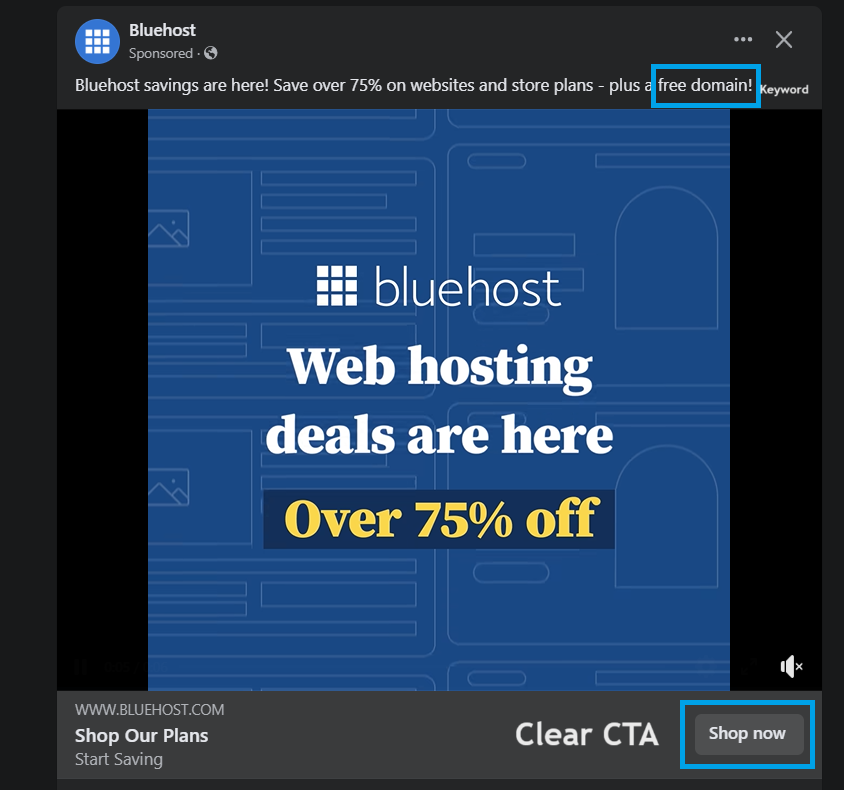
Through the various tactics, you can see SEO influences.
Business Directories
Business directories are what you have at Yelp, TripAdvisor, and Angi. They are listings (other websites) where you add your business for visibility.
How does that help lead generation?
Business listings help lead generation in three ways:
- Optimized listings
- Citation consistency
- Local SEO
First, list your business or services in your operation area and include relevant keywords in the description.
Secondly, ensure that your NAPs (Name, Address, and Phone number) are consistent across all listings. Otherwise, your leads might go to a competitor.
When optimization and citation are complete, the idea is that you’ll get visibility when people in your area need the services you offer. Hence, local SEO.
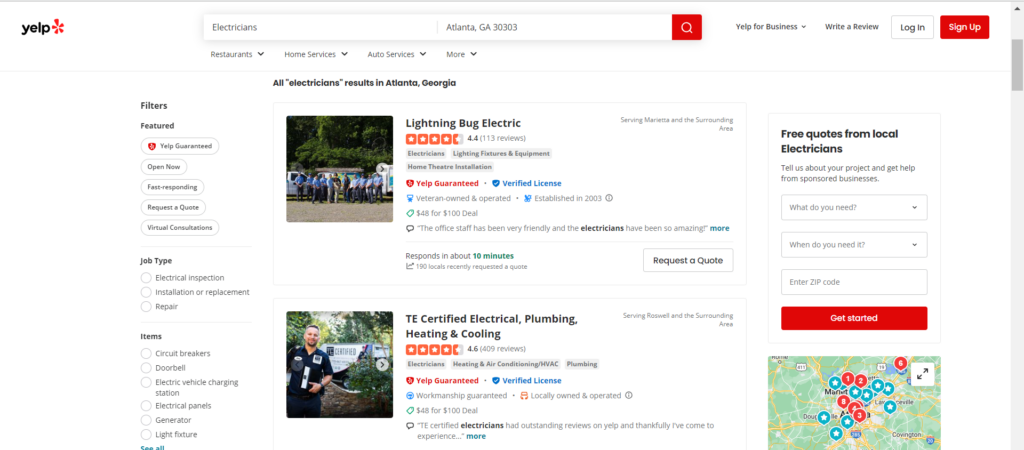
Pro tip:
beyond third-party listings, create a Google Business Profile. It will help you get into Google 3-pack.
Online Communities
This lead generation technique works similarly to social media. The idea remains to join online communities and create engaging (repurposed content) content to build topical authority and following. Here is how it works:
- Create an optimized profile — your profile should highlight your expertise with case studies or samples
- Join relevant communities that match your expertise — check that the group is active with up to 50-100 questions per day
- Build relationships by providing valuable content and contributing to community discussions
From there, people can follow your product recommendations. Hence, lead generation.
However, community rules apply. For example, product recommendations might be banned in some Facebook and Slack communities unless members specifically ask.
Email Opt-ins
Disclaimer: buying email lists should be a no-go area. It violates several communication laws. Worst case: your emails will be marked as spam, affecting your conversion rate with a prospect that might buy from you.
Instead, focus on email opt-ins. This can be combined with social media and content marketing strategies. How?
- With social media — you can send coupon codes on email registration
- With content marketing — you can create email opt-ins for ebooks and report downloads
- With product demos — you can offer freemium versions of your tools via email opt-in.
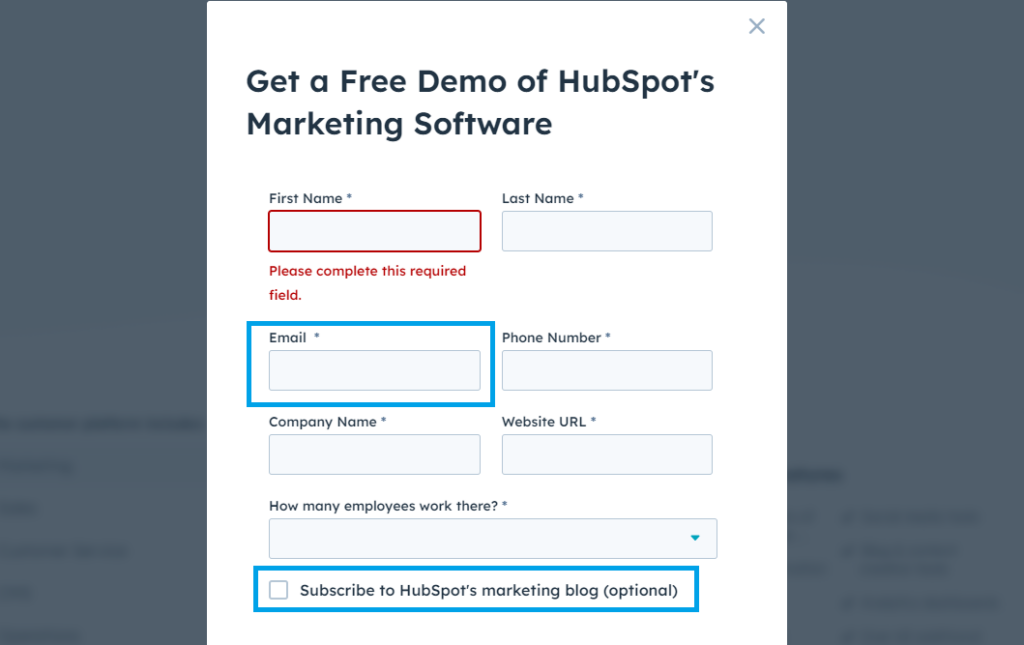
Also, as seen in the image, you can encourage people to follow your blog.
Pro tip:
use email marketing for lead generation and customer retention. For example, you can use it for promotions (with promotional emails) or product research (to gauge customers’ sentiments about your products).
Webinars
There are generally three ways to use webinars to get leads
- Email opt-in for registration
- Live demo of your products
- Email opt-in to access recorded sessions
For the first method, you simply ask people to register ahead of your webinars with their emails. If the webinar is a paid session, you can encourage early birds to register and get a discount.
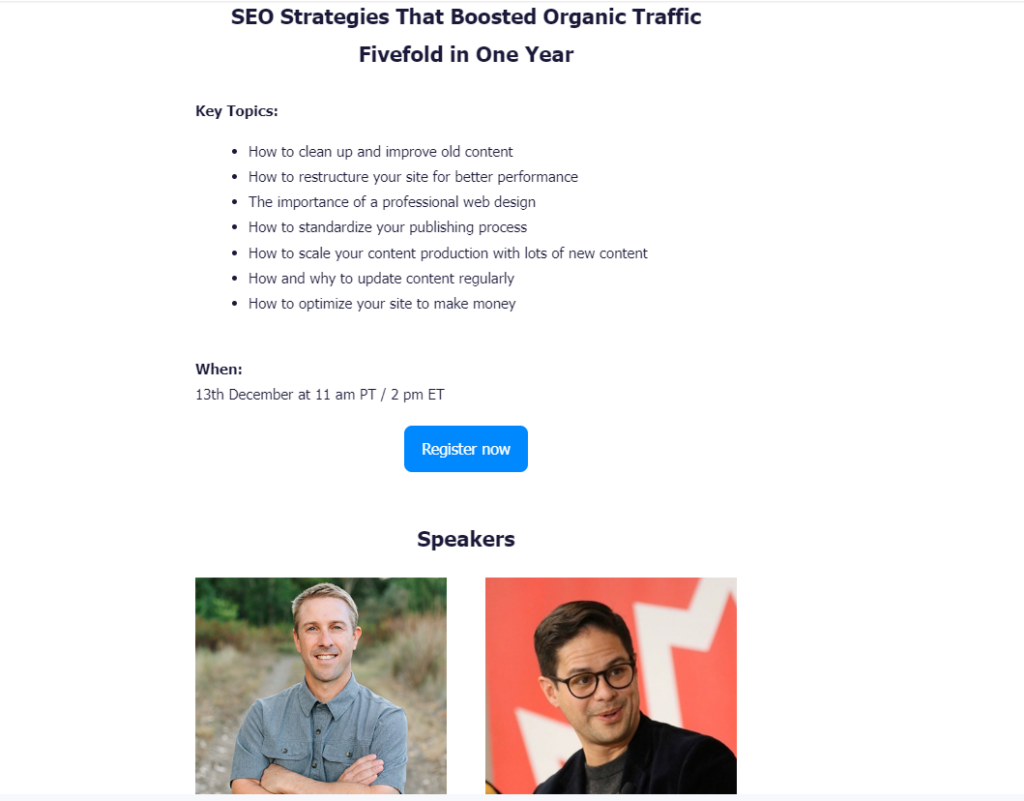
Furthermore, you can generate leads during the live sessions. Simply show people how to use your tools. This will pique the interest of some prospects and result in sales.
Lastly, target people that abandoned the registration process. Encourage them to access the recorded sessions with an email opt-in.
Either way, you can collate and nurture all the emails (leads) collected into customers.
Now, let’s discuss some easy-to-replicate strategies to get leads using SEO.
Heads up: I’ll lean more toward the direct lead generation methods.
10 Strategies Anyone Can Use to Get Leads Using SEO
Here is a quick overview of the SEO lead generation techniques:
- Start a blog
- Write product-led content
- Write “best of” articles
- Connect your blog to your socials
- Use gated content
- Directory link building
- Host webinars
- Invest in local SEO
- Online reputation management
- Competitor analysis
Start a Blog
Blogging is about the oldest trick in the book. And fortunately, it still works. In fact, it is the easiest and, arguably, the most sustainable way to generate leads with SEO.
The beautiful part is that blogging accommodates all other lead generation strategies — from social media to email marketing.
So, how can you start blogging for lead generation?
- Start with keyword research — while at it, don’t overstretch targeting transactional keywords. Ensure there is a balance between informational, navigational, and commercial terms.
- Involve your sales and marketing team — combine your keywords with ideas from your customer care unit. This will ensure that your blog reflects what users want and need.
- Optimize your blog content for search and users.
Further reading: How to Write SEO-Friendly Blog Posts
Write Product-Led Content
Product-led content is a different form of blogging and a specific way to generate leads peculiar to SaaS brands. And it is effective — proof are brands like HubSpot, Ahrefs, and more recently, AuthorityHacker.
What if you’re not a SaaS company?
Product-led content is not necessarily about a product. It can be about a service or your business.
In short, product-led content is any content that subtly suggests a product/service/business as the solution to a problem.
By definition, this strategy focuses on how the product/service/business works. It shows the “product” in action, solving problems. Obviously, this will quickly influence a prospect’s action as there will be fewer restrictions.
How can you write product-led content?
It’s the same process as writing a blog post:
- Conduct keyword research, optimize for search intent, and then subtly include your product/service/business in the content.
- Ultimately, target keywords with a high buying intent.
Use this illustration by Ahrefs as a guide:
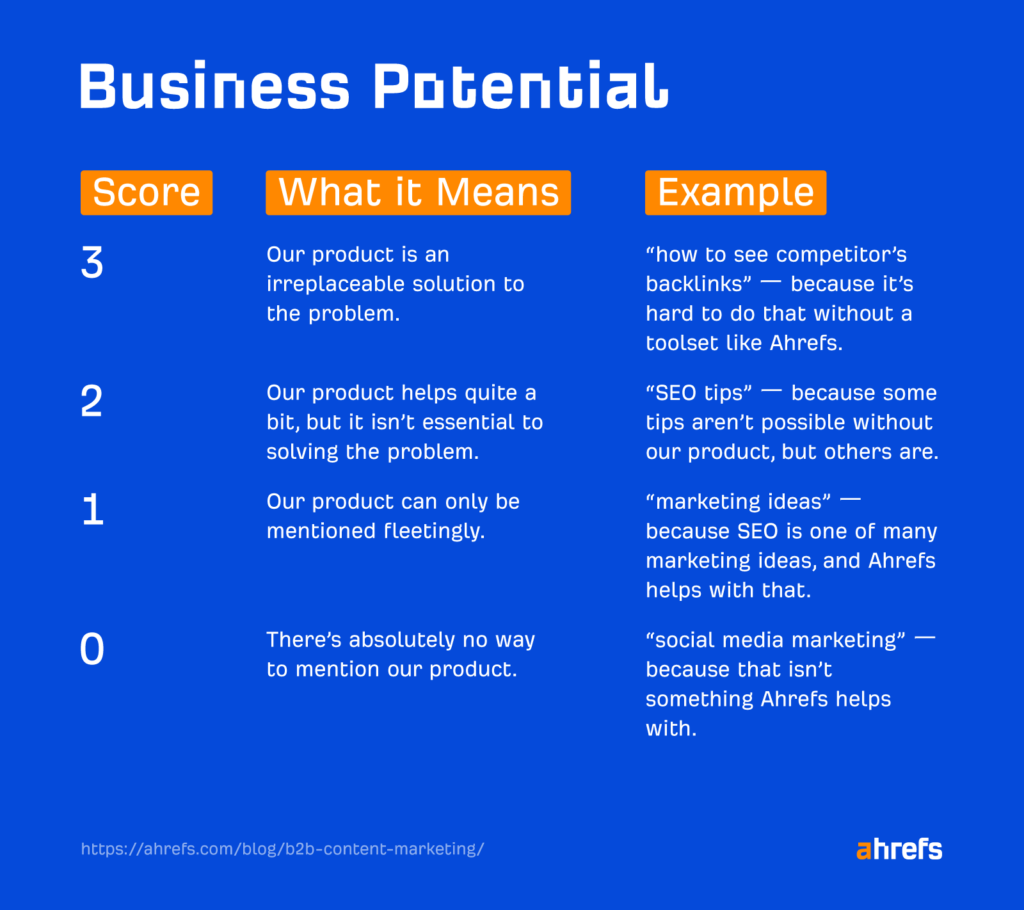
Write “Best Of” Articles
“Best of” articles are curated lists of products for prospects in the interest stage. They are typical MoFu (Middle of the Funnel) content and a crucial tool for lead generation.
And ideally, your product/service will be on the list — as the first mention. Here is an example:
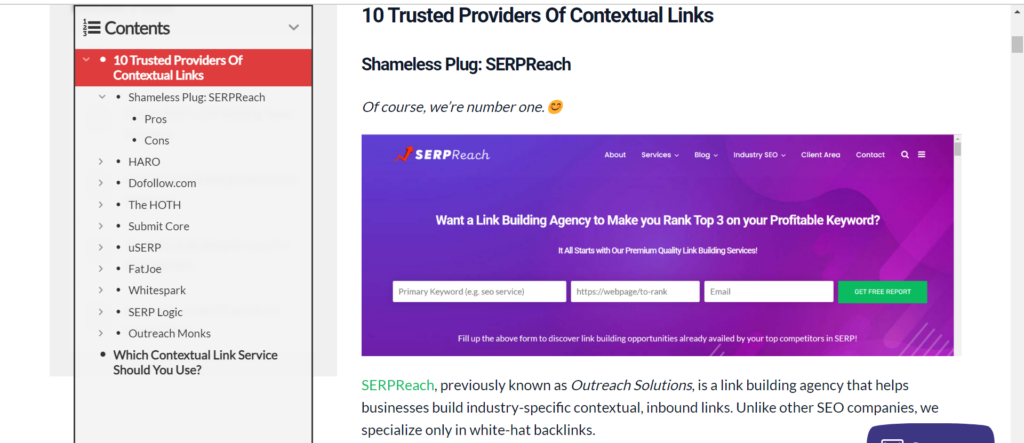
But isn’t adding other companies’ products a disadvantage?
No!
Curate your list based on each product’s strength. For example, your product can be the best for pricing, and the competitor can be the most portable. Just speak to your target audience.
Besides, adding several competitors to a “best of” article is a way to get high-quality links from them. They will naturally link to your article — even if the backlink is a nofollow.
Either way, your product will get more visibility and generate leads.
Connect Your Blog to Your Socials
Don’t leave your blogs hanging by themselves. Connect them to your social media to boost traffic and accelerate lead generation.
FYI: I’m not talking about social share buttons. Add those, too, to improve user engagement.
More importantly, share links to your social media pages as soon as your blog posts are published. This will build momentum with potential customers.
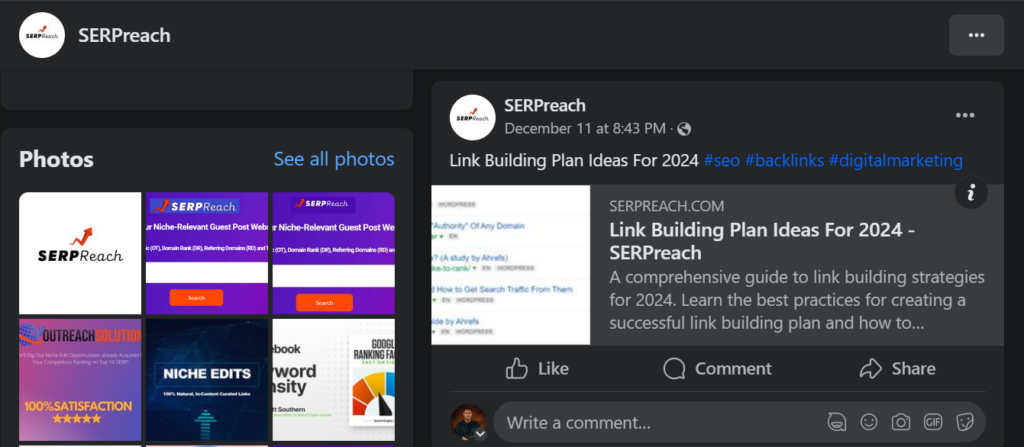
We share our blogs across our social media pages as soon as they are posted on WP.
How can you automate blog link sharing on socials?
- You can use the Publicize plugin
- Alternatively, share manually on WP like this:

Use Gated Content
Gated content works similarly to regular “key and lock.” The lock is the restricted access to in-depth resources like whitepapers, ebooks, statistics pages, and webinars. The key is the recipient’s email.

While prospects access gated content via email opt-ins and webforms, you’ll get their email addresses and the window to nurture them into customers via email marketing.
Note: gated content might limit your search traffic and brand visibility. So, use them strategically for lead generation purposes.
Also, people might decide against submitting emails to download random ebooks. But they will willingly do so for templates and in-depth studies.
Pro tip:
use gated content strictly for BoFu (Bottom of the Funnel) content at the final stage of the decision-making process.
Directory Link Building
Adding your business to directories is more than just a link building tactic. It also works as a lead generation tool and a very effective one at that.
However, you must be strategic. Here is how:
Target high-authority directories that have a considerable following. Better if the followers are niched — they will be ready-to-buy prospects.
A typical example of such a directory for SaaS brands is Product Hunt.
Product Hunt is a hub for the best new tech products. Here is a snapshot of its backlink profile on Ahrefs:
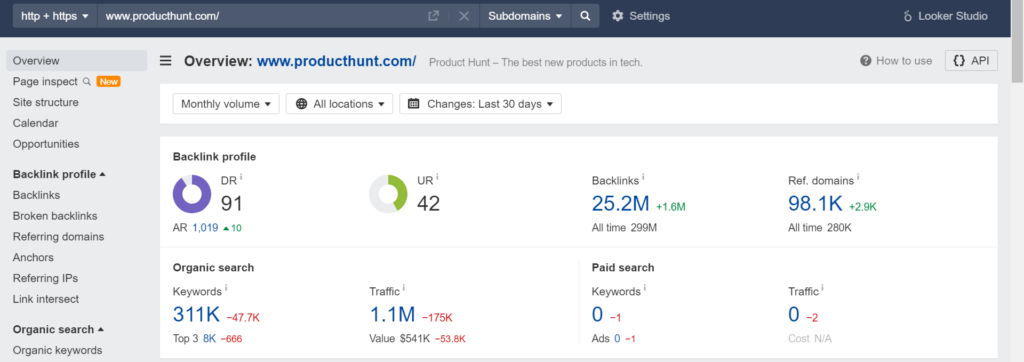
The site receives over 1M organic traffic monthly. And as earlier mentioned, the visitors are ready-to-buy prospects. They are only waiting for the right product. Show them your innovation qualifies, and you’ll skip the lead generation funnel to direct sales.
Pro tip:
support your listings on directories with bespoke, SEO-friendly landing pages. Add a demo page to boost conversion.
Host Webinars
While you can discuss virtually anything on your webinars, focus on issues related to your product. This way, you can upsell the product and even support it with a live demo.
For example, if you have a web form builder, you can discuss “the importance of gated content.” Support the event with case studies and statistics. Then, show how to build gated content.
More importantly, demonstrate how your webform builder can help create gated content. This will generate tons of qualified leads.
Pro tip:
for the demo, ask participants to suggest what to do after your example. Demonstrate that for free live, and watch how your DMs will be filled with leads.
Invest in Local SEO
When investing in local search, focus on 3 platforms:
- Google Maps
- Your website
According to BrightLocal’s Local Business Discovery Trust Report, 2023, the 3 platforms are what prospects trust when researching local businesses.
My take: merge the platforms to get more leads. Optimize your Google Business Profile (GBP) and your website.
GBP will handle your local SEO. It will get you to the top pages of Google search results for service, location-based, valuable search queries.
On the other hand, your website (and blog) will get your products to the top organic search results.
Either way, your business/product/service will be best placed to reel in the more traffic and leads from local & organic SEO.
Online Reputation Management
While reputation management is not “exactly” a lead generation technique, it is crucial to converting and sustaining your leads. How so?
No one will invest their hard-earned money into your services or products without reading reviews on sites like Google, Facebook, and Yelp. In fact, prospects read online 98% of the time before buying anything, especially from a local business.
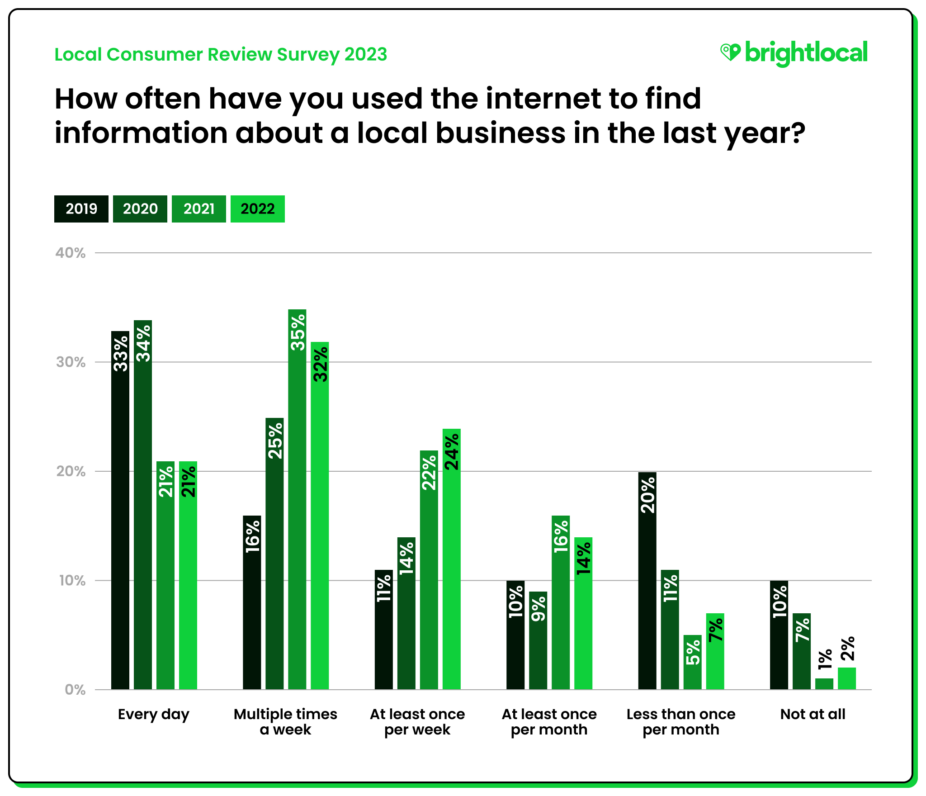
And say there are tons of negative reviews about your product. Your marketing funnel will be truncated before it gets to the sales stage.
In essence, reputation management is essential.
But how can you manage your reputation with SEO?
- Use Google search console and Google analytics to track mentions
- Respond to negative reviews.
- Remove false negative reviews from your GBP
- Control the narrative around your brand name with SEO
- If there is any false narrative about your brand, write a post to correct it. While at it, optimize the corrective post to outrank the negative comment.
Competitor Analysis
Do competitor analysis if you need more depth after trying the 9 SEO lead generation techniques discussed so far. Study how your competitors get SEO leads and backlinks. Check the patterns, then replicate them to boost your leads & SEO efforts.
Related reading: How To Find Competitors’ Backlinks
Verdict: What Is the Best SEO Lead Generation Strategy?
There is no best SEO lead generation strategy. Combine the 10 techniques discussed into a robust lead generation SEO campaign to generate the most leads and conversions.
While at it, you can automate some of the lead generation processes. Use tools like Zapier.

